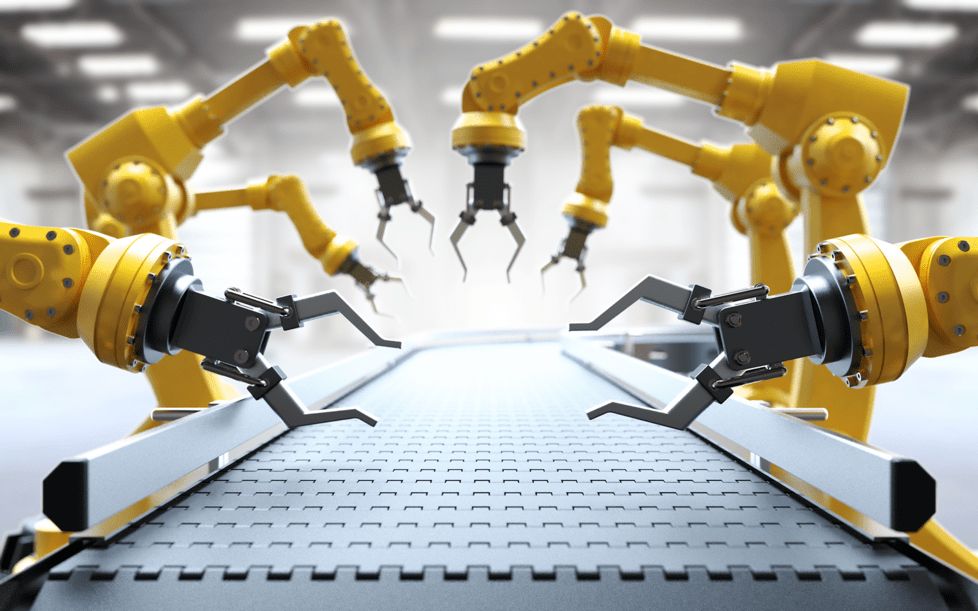With the continuous improvement of carbon fiber production and processing technology, carbon fiber has gained more market share in robotic arms, especially in industrial robots, J-Star Holding Co. indicates.
Compared with traditional aluminum alloy and alloy steel robotic arms, carbon fiber robotic arms have greater flexibility, fracture resistance and longer service life.
In addition, the vibration damping of carbon fiber robotic arms enables precise control and positioning, which improves the working speed and efficiency of robots.
With the acceleration of the automation process and the wide application of industrial robotics, carbon fiber is expected to continue to develop and be favored by intermediate customers.
The global robotic arms market is also projected to grow at a compound annual growth rate of approximately 14.0% during the forecast period, increasing from $24.9 billion in 2021 to $42 billion in 2025.
Industrial robots
The stability and biocompatibility of carbon fiber materials have drawn significant attention in the field of medical devices. Moreover, their application in biomaterials is growing steadily.
Additionally, advancements in carbon fiber production and processing technology have boosted its adoption. As a result, carbon fiber is increasingly used in robotic arms, especially those designed for industrial robots.
Compared to traditional materials like aluminum alloy or steel, carbon fiber offers notable advantages. For instance, it provides greater flexibility, improved fracture resistance, and an extended service life.
Furthermore, the vibration damping properties of carbon fiber allow for precise control. This feature enhances positioning accuracy, leading to faster working speeds and higher efficiency in robotic operations.
With the growing automation trend, the use of industrial robotics is expanding rapidly. Therefore, carbon fiber is expected to see continued growth and gain more interest from downstream customers.
Consequently, J-Star Holding Co. plans to increase its production of medical devices. At the same time, the company is actively discussing new projects with several customers in the medical device sector.
As a holding company with no material operations of its own, J-Star Holding Co.’s operations are conducted through its subsidiaries in the People’s Republic of China, Taiwan, Hong Kong and Samoa, with its headquarters in Taiwan.

